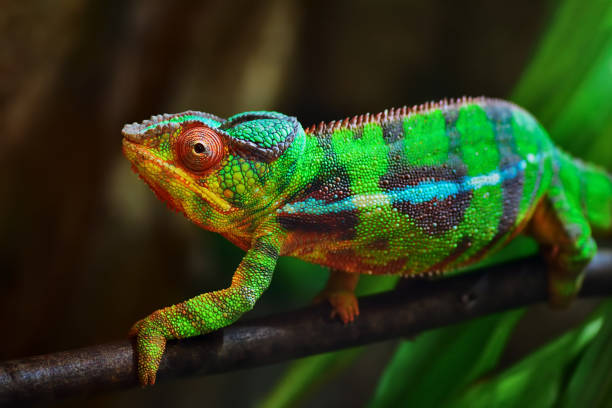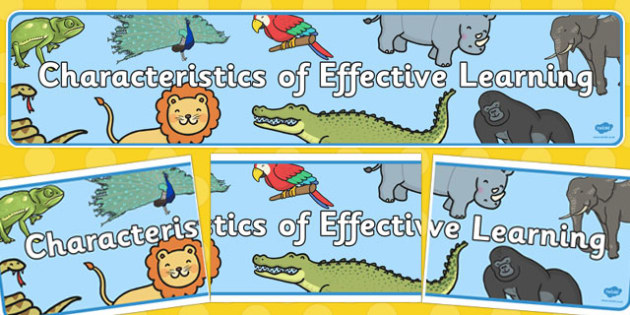



Animals and humans can pass on certain characteristics to their children through their genes. Some characteristics are passed down from our parents, while others can be passed down from our grandparents or even our great-grandparents!
Examples of characteristics that are inherited include:
Some of the features that help us distinguish between different animals include:
Lots! As well as thinking about physical characteristics that we can inherit from our parents and grandparents, we can talk about the characteristics of non-living things, such as materials.
It can be really useful to think about the characteristics and properties of materials to help us decide what they should be used for and how to group them.
We can also use characteristics to help us define the qualities of how successful something is or what success in something looks like. For example, we might use the phrase 'these are the characteristics of effective learning', to help us understand what effective learning looks like.
Below are some examples of characteristics that you might come across. These examples of characteristics include character traits, as well as simply physical characteristics. There are lots of different types of characteristics that you’ll come across, so it’s important to understand them and the differences between them.
All concrete objects have physical characteristics. Whether it’s a household item, one of your pets, or a person, all of these different types of things possess physical characteristics and features. Here are some examples of characteristics for physical objects:
These are just a few examples of characteristics of physical features that you might find.
Living things also have characteristics that come from their personalities. Here are some examples of these characteristics of people’s personalities:
Can you think of any more examples of characteristics and which category they might fall into?
When we think about the characteristics of effective learning, we are focusing on how children learn, not what they learn. This model is most typically used at EYFS level.
The characteristics of effective learning are as follows:

Here at Twinkl, we have a wide range of ready-made resources available to download across our website to support your teaching on this topic! Take a look at some of our top related resources below for some ideas on where to begin:
If you're looking for resources to support your teaching on inherited characteristics ...
Try our fantastic Inherited Characteristics Through the Generations Activity Sheets! This handy activity sheet pack provides children with examples of the characteristics of a child's parents, grandparents, and great-grandparents. It then asks them to use this information to predict some possible characteristics of the child. A great hands-on learning activity!
If you're looking for resources to support your teaching on the characteristics of different animals ...
Then this printable Animal Characteristics Table is perfect! This engaging, teacher-made worksheet asks children to group animals based on different characteristics, such as whether or not the animal feeds its young with milk. This learning exercise is suitable for children to complete individually or in groups, so you can conveniently tailor it to your teaching needs!
If you're looking for resources to support your teaching on the characteristics of different materials ...
You might find our Characteristics of Materials Grid useful! This worksheet encourages students to find different objects and then classify them according to the characteristics in the table.
If you're looking for resources to support your teaching on the characteristics of effective learning ...
Look no further than our comprehensive Characteristics of Effective Learning Resource Page! Here, you'll find everything you need:
What's more, all of our resources have been created by qualified teachers. This means you can be certain that the materials you are using and providing are accurate, high quality, and up to date!